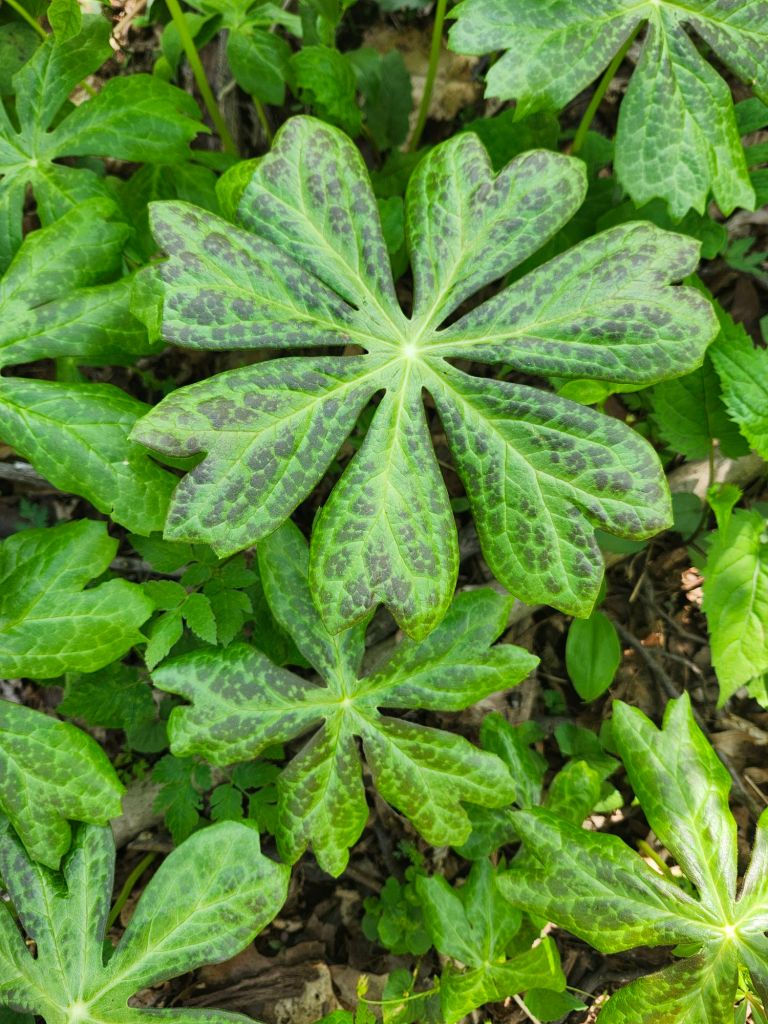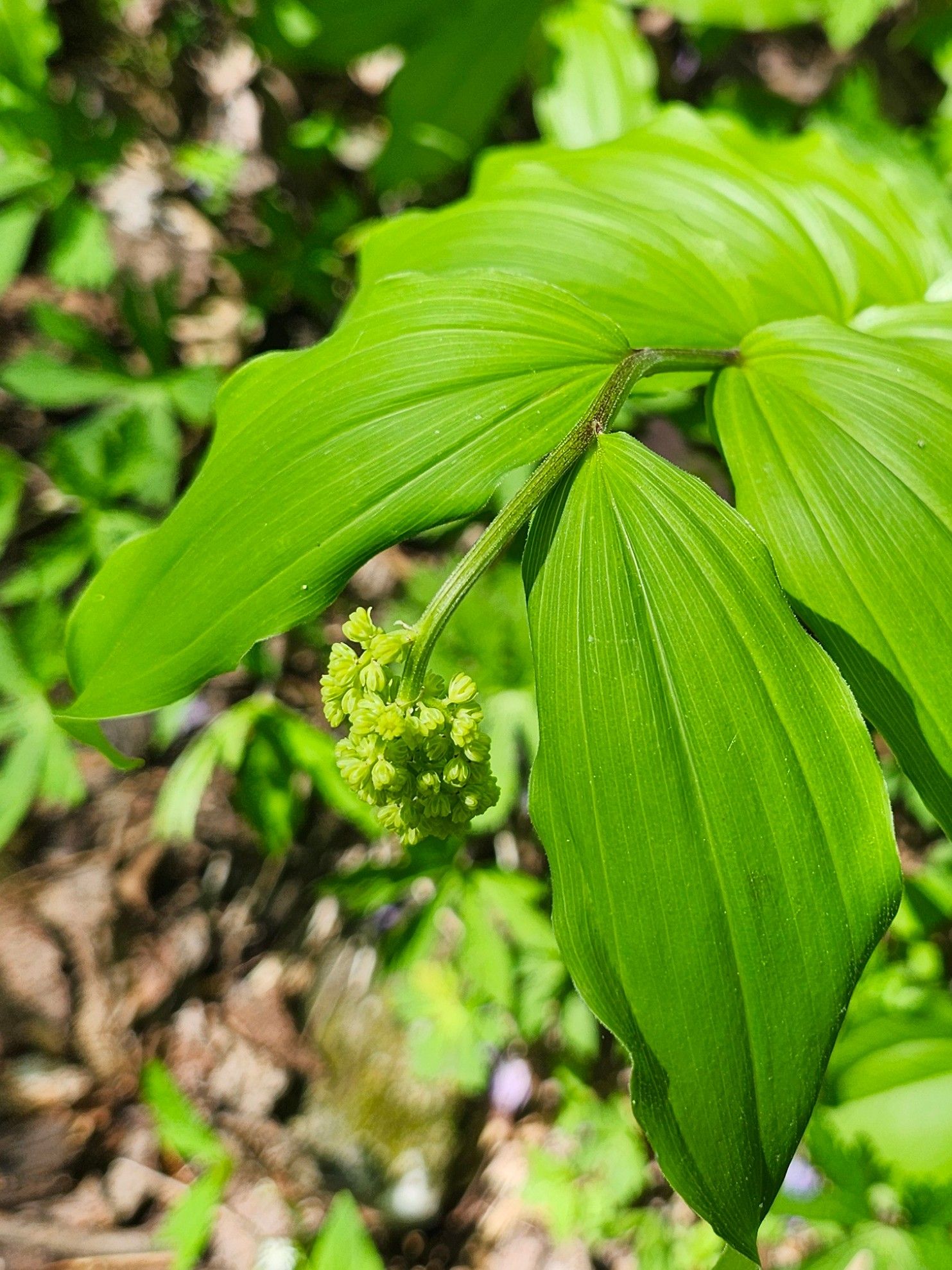From mid-spring until autumn leaf drop, the rear garden is private. No neighboring homes can be seen, though, of course, the sounds of the surrounding community and roads are plainly heard. I’m certain our next-door neighbor mows his lawn three times a week.

I don’t feel that I need the escape, but there’s no doubt that the garden’s delights calm my impatience. I greatly enjoy the wonders of my constructed paradise, but long ago, Barbara and I discovered the ever changing beauty and solitude of the forest.

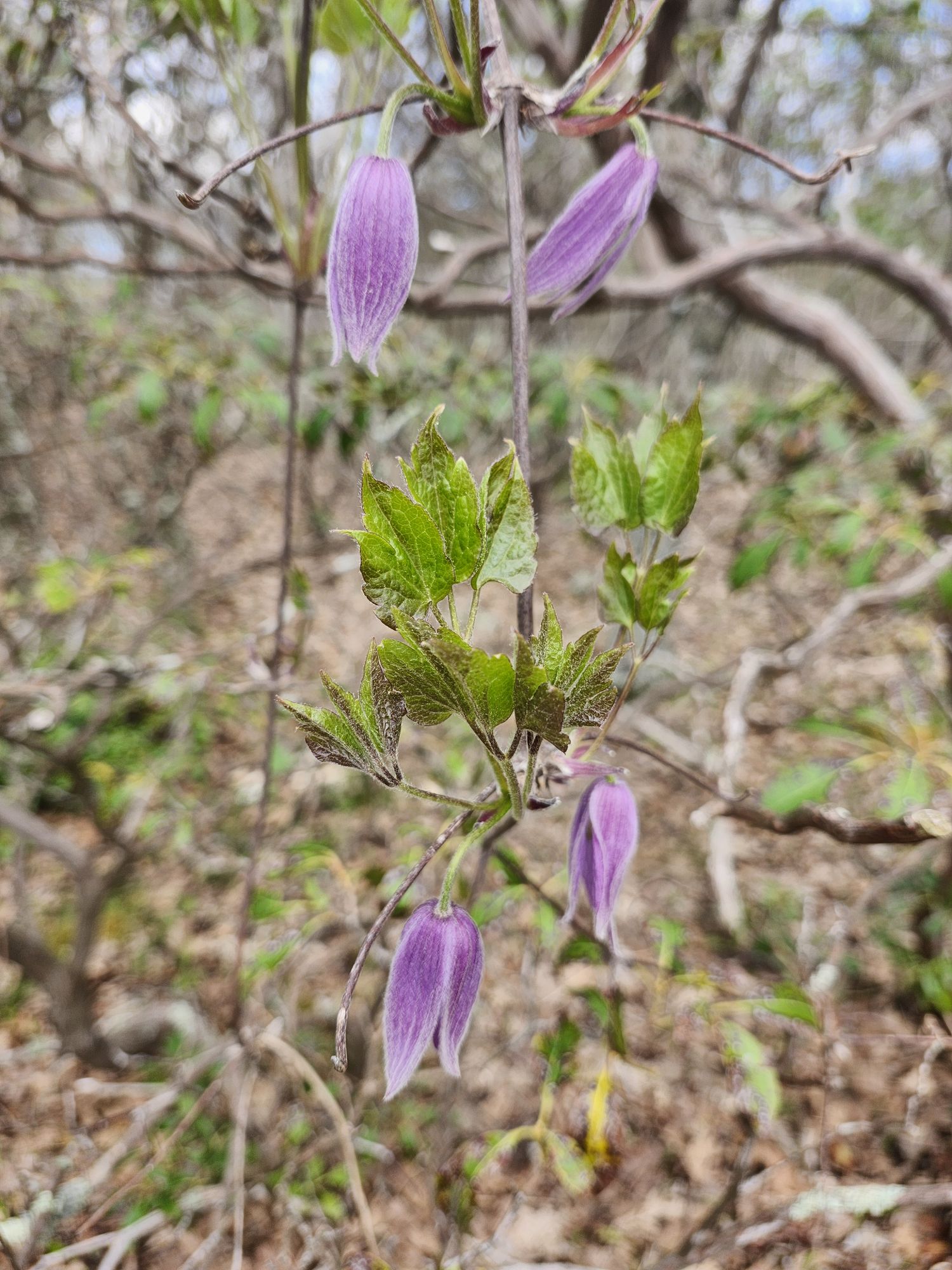
Yes, hiking keeps us fit, a notion we don’t take for granted as we age, but the ephemeral beauty of nature attracts us to return week after week. Mountain trails are visited several times through the year, and our calendar is marked for times of particular botanical delights.
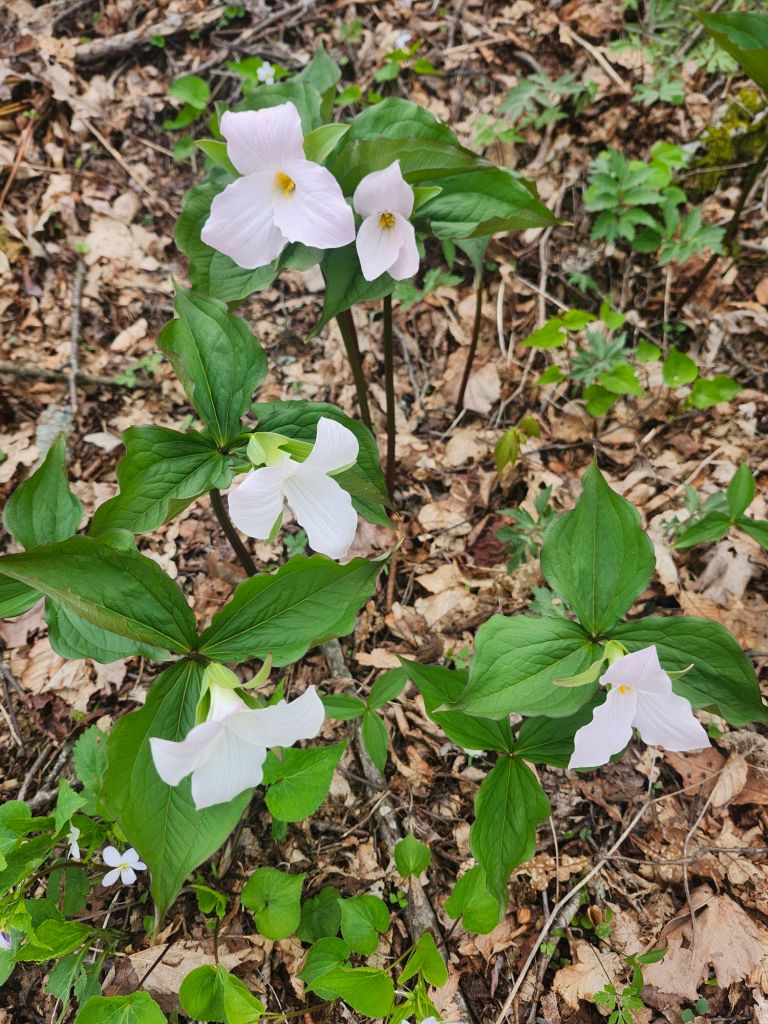


We recall the precise locations of trilliums, lady’s slipper, and other native orchids and the dates they flower. One flower might be early and another late, so our hikes are planned a week ahead and after. Certainly, there are hikes scheduled during the winter months or when the trail is a green tunnel of foliage with hardly a bloom in sight.
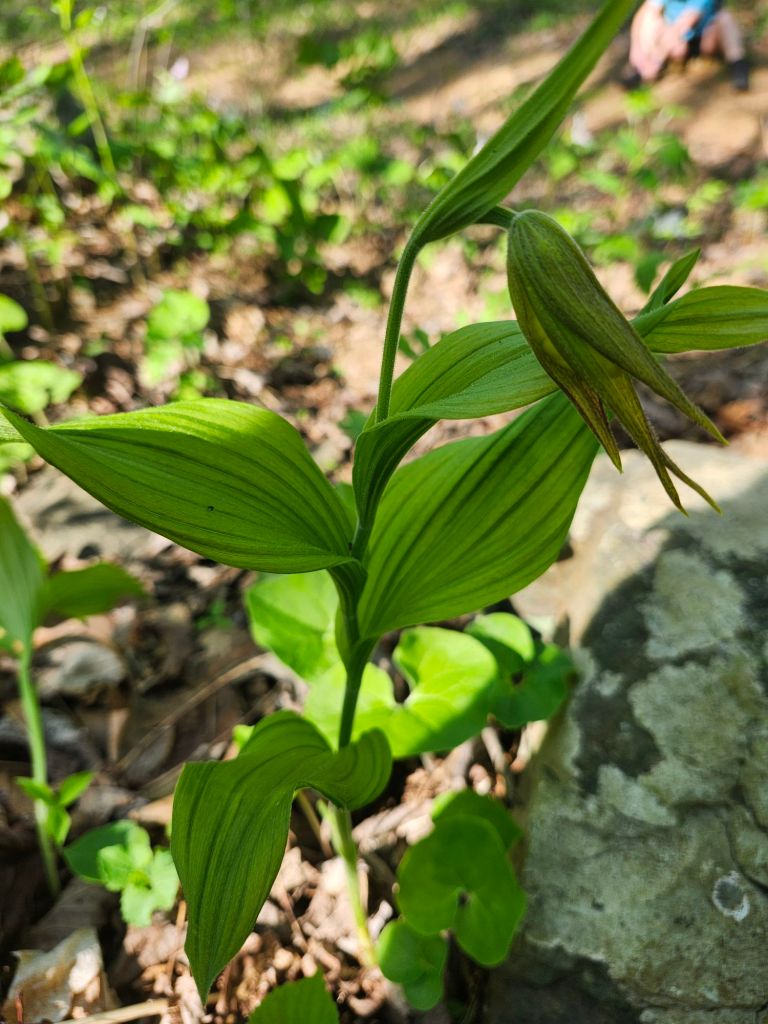
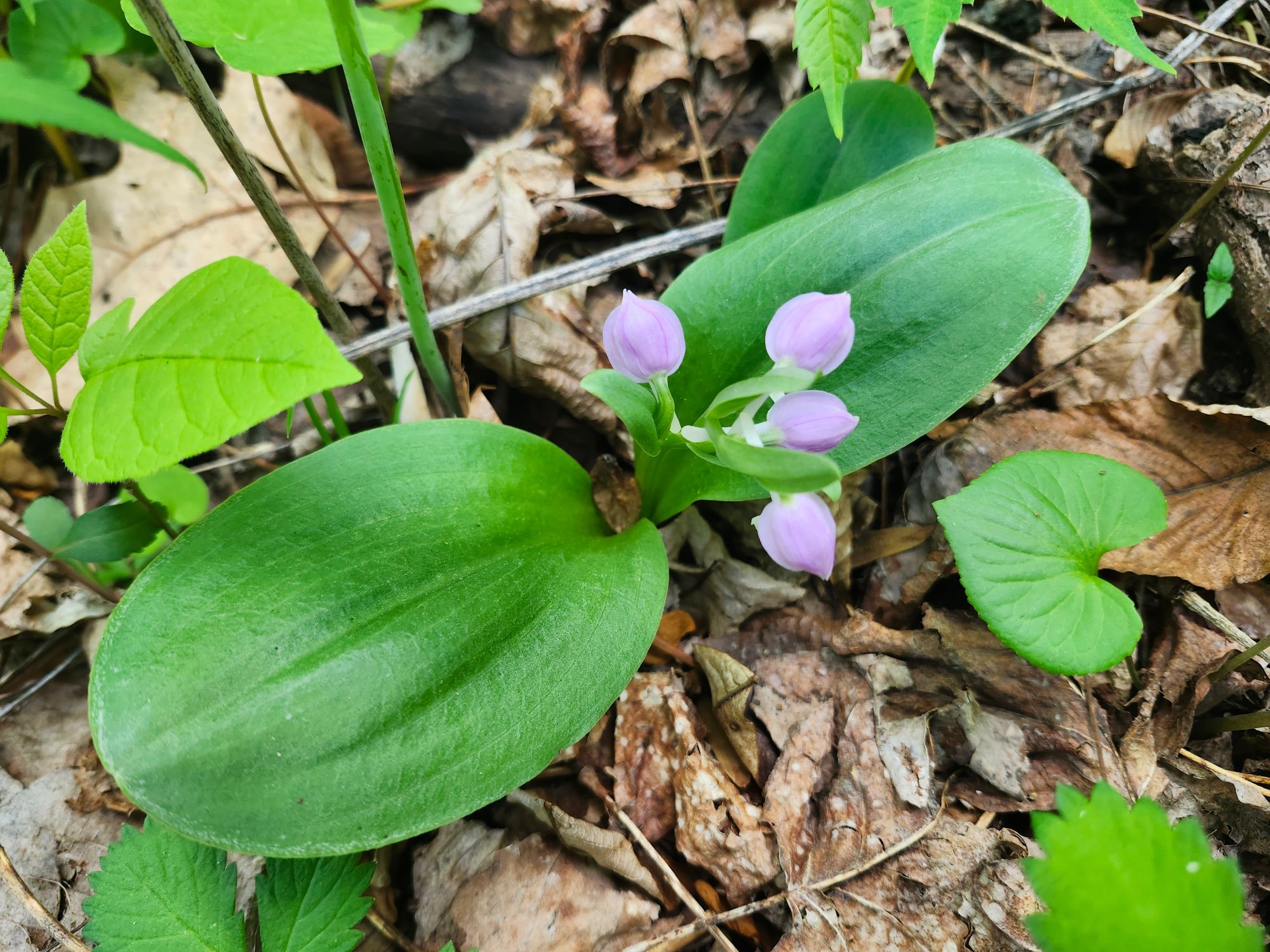
The garden is a personal treasure with additional satisfaction, knowing that I created it from scratch. The botanical treasures of mountains and forests are spread over miles rather than my acre and a quarter, but Barbara and I find them equally pleasurable.
